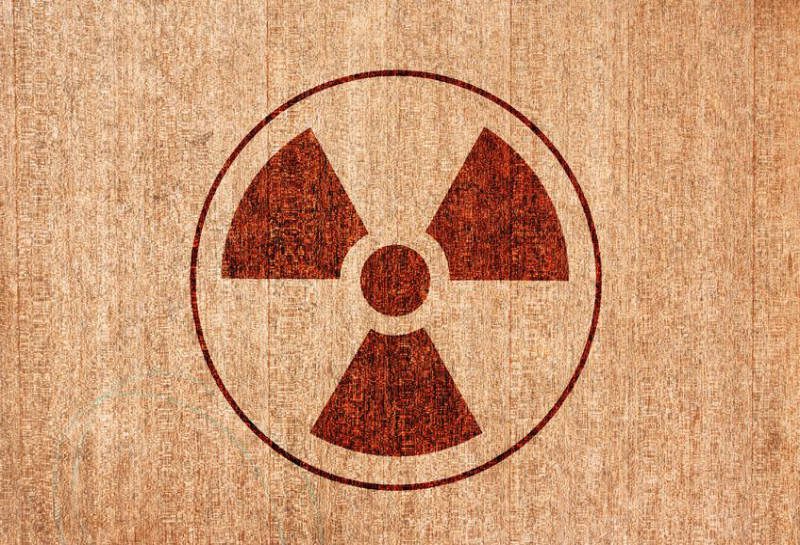Radon Myths Debunked: What You Should Know
What is radon? Radon gas is colorless and odorless and seeps into homes through cracks in foundations and other openings. As the second leading cause of lung cancer after smoking, this radioactive gas poses a serious health risk. Any home, regardless of age or location, can have high radon levels, and testing is the only way to detect it. This page aims to explain debunk radon debunked myths, helping homeowners make informed decisions about testing and mitigation.
Radon Myths Debunked
Myth 1: "Radon Isn’t a Problem in My Area"
A common myth about radon is that it only poses a risk in certain regions, particularly area near uranium-rich soil. However, all 50 states and Canadian provinces and territories have a radon issue, and its levels can vary significantly, even between neighboring homes. Geographic location alone is not a reliable indicator of radon risk, as any home can have an elevated radon level. The only way to determine if radon is a dangerous levels in a home is through proper testing, regardless of where the home is located.
Myth 2: “Opening Windows or Ventilation Will Solve a Radon Problem”
Myth 3: "Radon Testing Isn't Necessary if My Home Is New"
Myth 4: "Radon Only Affects People Who Smoke"
Some people believe that radon only increases lung cancer risk for smokers, but this is a dangerous myth. Radon is the second leading cause of lung cancer, affecting both smokers and nonsmokers. According to the EPA, radon exposure causes about 21,000 lung cancer deaths each year in the U.S., with nearly 3,000 of those occurring in nonsmokers. Long-term exposure to radon increases lung cancer risk for everyone, regardless of smoking history. Testing and mitigating radon levels in homes is essential to protect all individuals from this silent but serious health hazard.
Radon, a naturally occurring radioactive gas, is the second leading cause of lung cancer after smoking. How does radon cause lung cancer? It forms from the breakdown of uranium in soil, rock, and groundwater, seeping into homes, schools, and workplaces through cracks in walls, floors, foundations, and other openings. Once trapped indoors, radon decays into radioactive particles like Polonium-218 and Polonium-214, which emit alpha particles when inhaled. These particles damage the DNA of lung cells, causing mutations. Over time, accumulated mutations can lead to uncontrolled cell growth and lung cancer.
Radon’s half-life of 3.8 days allows it to persist long enough indoors to pose significant health risks, particularly in places where people spend extended periods. According to the American Cancer Society, environmental factors like radon exposure contribute to DNA changes that cause cancer. Long-term radon exposure, especially in enclosed environments, increases the likelihood of developing lung cancer, making regular radon testing and mitigation essential for health.
Myth 5: "Radon Testing Is Expensive and Complicated"
A common myth among homeowners is that radon testing is too expensive or involves complicated processes. In reality, radon testing is both affordable and straightforward. Radon test kits are widely available for as little as $24.95, making them an accessible option for many households. For those who prefer professional testing, the cost is higher, depending on the home’s size and location. Radon screenings usually take only 48 to 72 hours to complete, with minimal effort required. The process is simple: place the testing device in the lowest lived-in level of the home and follow the provided instructions.
Myth 6: "Once You Mitigate Radon, It's Gone for Good"
Many homeowners believe that once a radon mitigation system is installed, the problem is permanently solved. However, this is a common myth. Radon levels can fluctuate over time due to changes in soil conditions, home renovations, or even seasonal variations. While mitigation systems are highly effective, they require regular maintenance and monitoring to ensure they continue working properly. Fans, pipes, and seals can wear out or become damaged over time. The Environmental Protection Agency (EPA) recommends that homeowners test for radon annually or at least every two years, even after installing a mitigation system. Regular testing ensures that radon levels remain below the safety threshold, providing ongoing protection for you and your family from radon risks, including lung cancer.
Myth 7: "Radon Testing Isn't Reliable"
Some people believe radon tests are unreliable, but this is a myth. When conducted properly, radon tests are scientifically accurate. Guidelines like proper test placement and controlled conditions help minimize errors. There are two main types: short-term tests (2-90 days) and long-term tests (90+ days). With proper testing, homeowners can trust the accuracy of radon tests, enabling them to take necessary steps to help protect themselves from indoor radon exposure.
The Importance of Reliable Radon Testing
Common radon myths can lead to dangerous misconceptions, from assuming only certain regions are at risk to believing that new homes or simple ventilation can solve the problem. The facts are clear: radon is a serious health risk, the second leading cause of lung cancer, and can affect any indoor environment. Testing is affordable, accurate, and essential for safety.
Contact us today to find out more or schedule an inspection
"Trained to see what you don’t"







